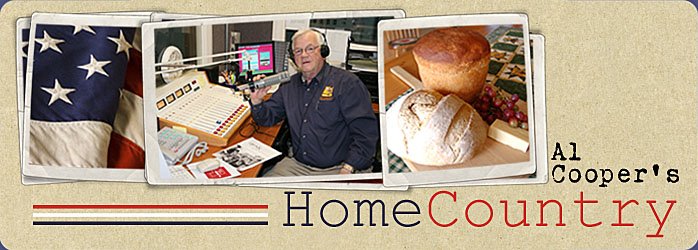As winter settles in around us, a new imperative seeps into the kitchens of thoughtful cooks and family-keepers. It’s time to consider the time-honored claim of soups as the ultimate cold weather comfort food, not just as a side-dish as too many Americans think of it, but as the very heart of a great dining experience. To kick off an occasional column on this subject in the months to come, here is a detailed celebration of one of my personal favorites.
WINTER SAVOY CABBAGE SOUP
1 small head of dark green Savoy cabbage
1 medium onion, chopped fine
½ lb. smoked turkey sausage, de-skinned & cut in rings
32 oz. chicken stock
½ cup red wine
1 can cooked Cannellini beans
2 cups cooked pasta (small pieces)
2-3 cloves of garlic, crushed
1 Tbsp olive oil
2 pats of butter
Salt & pepper
“pinch” of herbes de provence (optional)
1 Tbsp Balsamic vinegar for pot at serving time (optional)
Objective: An exciting combination of tastes and flavors, mouth-feel and aroma; a tenderness of cabbage without an over-cooked chewiness, (al dente); a good balance between solids and broth, with beans and pasta still intact.
In an enamel Dutch oven (or sauté pan) over medium heat, pan-fry sausage pieces in small amount of olive oil, adding crushed garlic as cooking begins, while stirring. As meat begins to brown slightly, drizzle in the half cup (or less) of red wine (Chianti works well), and slowly deglaze the pan with all its fond, setting aside for use later.
While the Dutch oven is still on the burner, begin to sauté the chopped onion, adding no more oil than the minimum. Meanwhile, quarter the cabbage, remove the stem pieces, and cut into thin shreds with a sharp chef’s knife. Cut into short lengths.
When onions are translucent – but not browned at all – set aside with the sausage mixture to be added in later. Melt two pats of butter in the still-hot pan and pan-sear the shredded cabbage, turning and mixing with a wooden spoon. This process is a key element of preparing Savoy: the idea is to slowly tenderize the cabbage, without actually “cooking” it through. We wish to preserve its natural dark green color while releasing flavor.
While all this is going on, have enough water coming to a boil in a small pot to pre-cook some broken-up pasta noodles, to be set aside to drain until the final moments of soup-making. (This way, the pasta will not absorb needed moisture from the finished soup.)
As the cabbage progresses, add back the meat/onion/garlic mixture which was set aside earlier. Begin adding chicken (or vegetable) stock, a cup or two at a time. I like to preheat the broth in the microwave in order to preserve valuable cooking temperature in the main pot.
Slowly add in the cannellini beans while gauging the tenderness of the cabbage. It will probably require 20-30 minutes of slow cooking to reach that stage. When almost done, add in the pre-cooked pasta and keep the pot warm for serving. Salt and pepper carefully.
Don’t be tempted to “water down” the finished product; always prefer to use some more stock to do so.
With its beautifully crinkled leaves and proud history, Savoy is the mildest and most kitchen-friendly of the cabbage family. A quintessential Italian favorite, it is known there as Cavolo Verza. Here it is pictured with two other mid-winter cooking “stars”.
A marriage of cabbage, smoked sausage, white beans and pasta, a cold weather soup such as this one offers both multiple levels of flavor and savings for the provident shopper.







